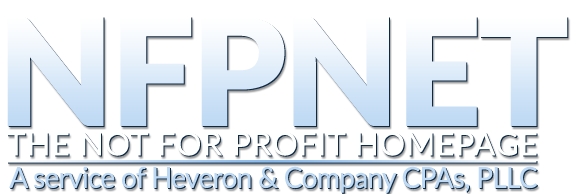Hello again!
It’s been a long time since our last post here, tax season kept us really busy this year! Thank you to all of our loyal clients and to our new clients! You were and continue to be fantastic to work with!
There are a lot of exciting things happening this year both at the firm and with the IRS!
Firstly, Mike Desmond one of our Partners is wrapping up a successful year as president of the Rochester Chapter of the New York State Society of CPAs. Some of his accomplishments this year have been working with the Monroe County Bar Association in the creation of an all-day tax update for local CPAs, and working with chairs of other committees to interact with high school and college students considering a career in accounting. Additionally, Mike spent a day in Washington, DC meeting with members of the US House Ways and Means Committee.
Stephanie Annunziata, another one of our Partners, has been named Chair of the Nonprofit committee of the New York State Society of CPAs. She hopes to engage other area CPAs to help educate nonprofit organizations in recent developments and new standards.
Another exciting bit of news is that Jeanne Beutner is becoming a Principal at Heveron & Company CPAs! Many of our clients already know Jeanne as she has worked with them during their financial statement and compliance audits, and/or assisted them with affordable housing tax matters, business and personal tax planning, preparation and review. For those of you that don’t, Jeanne has been with the firm since 2004; she is a great team leader and is a boundless source of knowledge.
Congratulations to Mike, Stephanie and Jeanne!
Also, good news for some of you applying for 501(c)(3) status! The IRS has actually introduced a shortened form 1023-EZ, a way to make your life easier. I know it’s hard to believe the IRS is doing something to make life easier! Joking aside, this new form should be approved for use in August and for those organizations that have annual projected receipts of no more than $200,000 and total assets of no more than $500,000 the form should make it easier to attain exemption. The new form is only 2 pages long, and while the instructions are 40 (don’t panic); these pages mostly document the different categories of nonprofits.
Of course, there are exceptions, churches, schools, certain hospitals and medical research organizations, and supporting organizations cannot use this new form. Also, organizations that have lost their status and are reapplying, or are changing from a for-profit to a nonprofit, as well as limited liability companies are all disqualified from using this form. With decades of experience under our belts we’d be more than happy to provide you with further information on whether you qualify, or with general help for your exemption applications.
Lastly, for all of our tax clients thinking of setting up a private foundation, the IRS and tax courts have an additional hurdle for you to jump through, but don’t worry it’s not that “high.” The IRS and tax courts are requiring that as a donor you receive a letter from the private foundation that documents your contribution and states that you did not receive anything in return. It seems kind of odd, but if you are setting up the private foundation that you control, this letter can, in fact, be from you. The only requirements of the confirmation of your contribution is the amount, a statement that you did not receive anything in return for the contribution, and it must be dated and produced no later than the due date for the tax return where you deduct the contribution (and of course you have to make the contribution).
Until Next Time!
Heveron & Company CPAs
